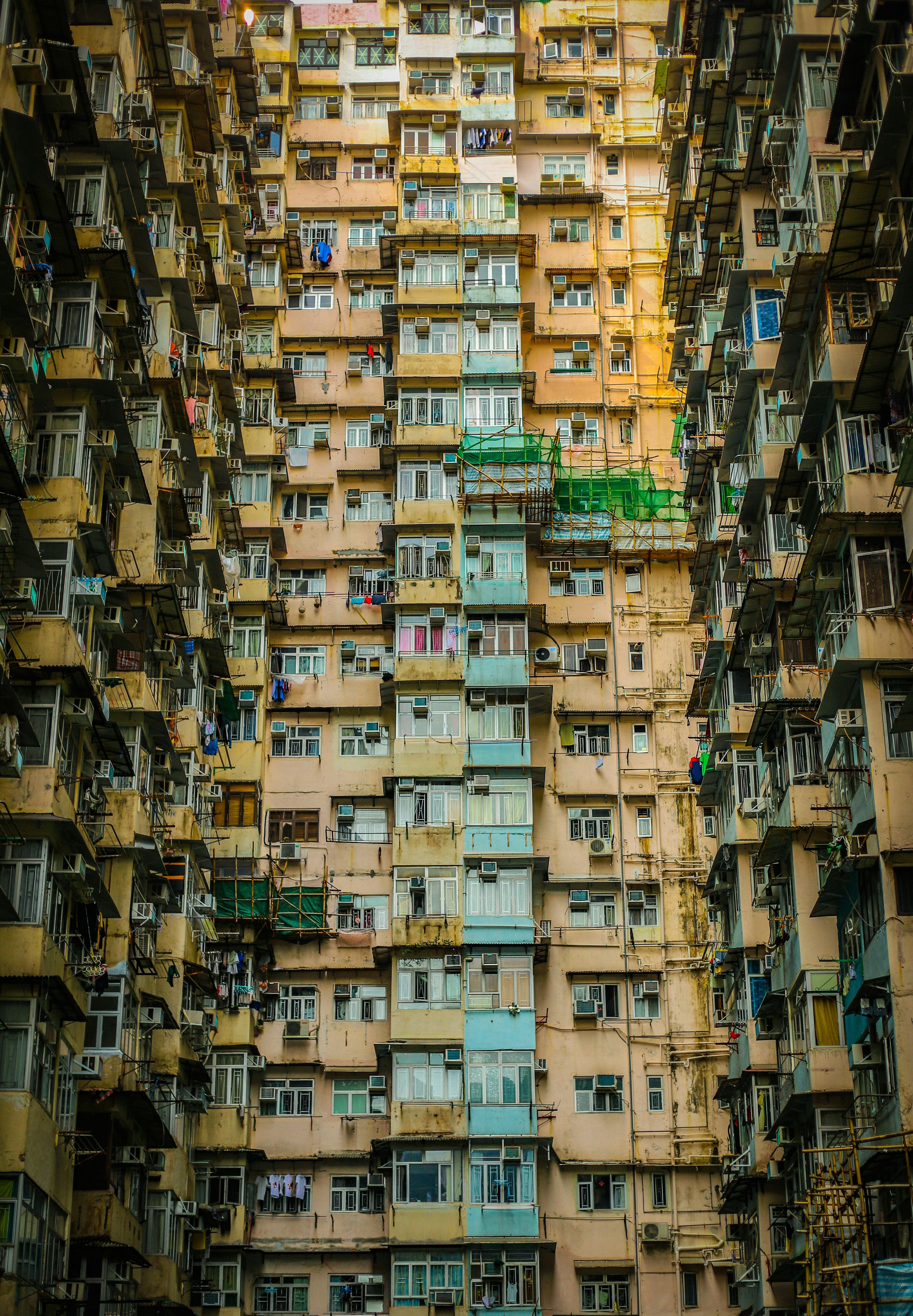9 stories that tell you everything you need to know about cities

Image: REUTERS/Gary Hershorn
Stay up to date:
Cities and Urbanization
There maybe a little less buzz around it, but as well as marking Halloween, 31st October has also been designated World Cities Day by the United Nations. There are no costumes needed and pumpkins do not feature. Instead, the day is meant to promote sustainable urban development and highlight the best ways of dealing with the challenge of urbanization.
What better day then to look at the biggest, the best and the most popular cities as well as others making their mark on our changing world.
Measured by international overnight visitors, this year the top city isn't in Europe, the United States, India or China.
Sixty-five years ago, a population of 12 million was enough to see New York take the world’s biggest city crown. In just 14 years’ time, the biggest city is forecast to have a population of 37 million, and it's not the Big Apple.
What do the best cities have in abundance? A good mix of economic strength, solid infrastructure, innovation, influence, great entertainment, culture and food.
Here are the ones that do it best.
What does it mean to be a "sustainable city" – and which cities are managing to do it well?
Ever wondered where the world’s first cities were? This animated map will tell you.
Accept our marketing cookies to access this content.
These cookies are currently disabled in your browser.
The lives of city dwellers could change drastically much sooner than we think.
Melbourne takes top spot for the sixth year running. The ranking is based on an assessment of which cities around the world provide the best or the worst living conditions. Points are awarded across five categories – stability, healthcare, culture and environment, education and infrastructure.
By 2030, Chinese cities will be home to more than 1 billion people – or up to 70% of the population.
Here's a look at some of the mind-boggling statistics from China’s urban world.
.

Paris has been ranked the top student city in the world for the fourth year running. So what makes the City of Light such a popular place to study?
Accept our marketing cookies to access this content.
These cookies are currently disabled in your browser.
Don't miss any update on this topic
Create a free account and access your personalized content collection with our latest publications and analyses.
License and Republishing
World Economic Forum articles may be republished in accordance with the Creative Commons Attribution-NonCommercial-NoDerivatives 4.0 International Public License, and in accordance with our Terms of Use.
The views expressed in this article are those of the author alone and not the World Economic Forum.
Forum Stories newsletter
Bringing you weekly curated insights and analysis on the global issues that matter.
More on Urban TransformationSee all
Jeff Merritt and Vivian Brady-Phillips
July 25, 2025
Muhammad Hassan Dajana and James Balzer
July 22, 2025
Olivia Nielsen
July 16, 2025
Luis Antonio Ramirez Garcia
July 14, 2025
Sam Markey, Basmah AlBuhairan, Muhammad Al-Humayed and Anu Devi
July 8, 2025





